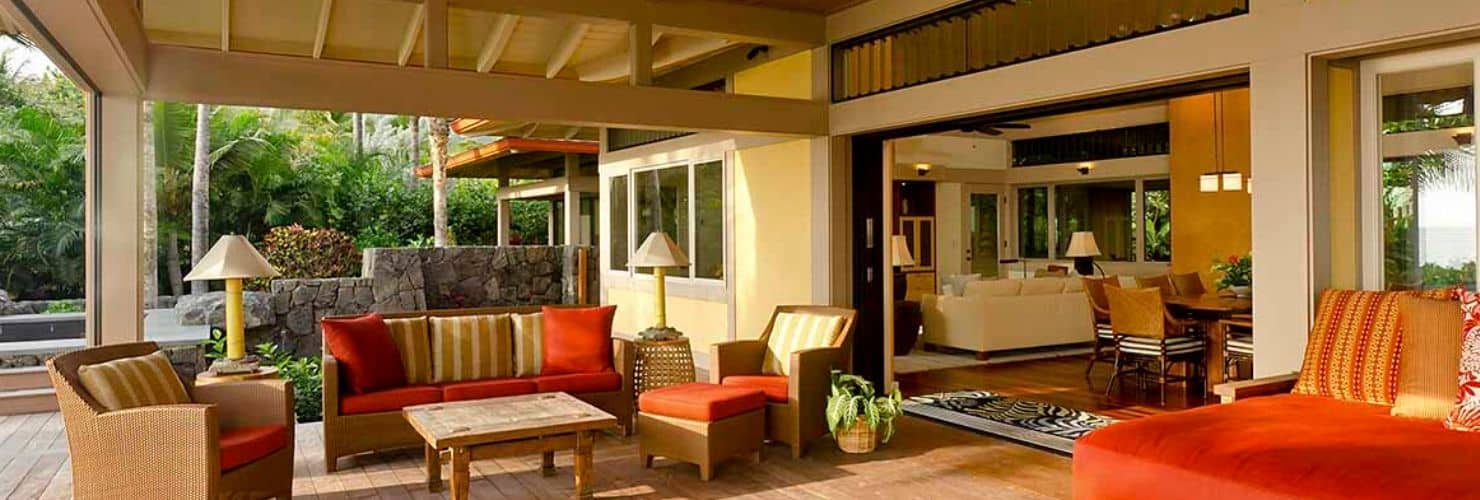
Four Elements to Consider When Designing a Home in Hawai’i
He ali‘i nō ka ‘āina, ke kauwā wale ke kanaka
The land is the chief, the people merely servants.
It must have been exhilarating for early Polynesian settlers to arrive in Hawai’i around 100 AD and discover a magnificent chain of dazzling green islands emerging from the middle of the Pacific Ocean, and rising into the clouds. Isolated from the rest of the world with a pristine ecosystem untouched by human activity, the original settlers of Hawai’i knew they had found a very special place where their culture and deep spiritual connection to the land—the ‘Aina—could be practiced. They knew then, as many do today, there is no place on earth quite like Hawai’i!
You can see how nature influences almost every aspect of life in Hawai’i from the architecture, design, music, dance, and cuisine. The early Hawaiians divided the land into wedge-shaped parcels, or Ahupua’a for optimum usage, and sustainability of resources, infusing their spiritual beliefs on the interconnectedness of man and nature in all aspects of their daily lives. The kapu system was eventually created to regulate and protect the management and conservation of Hawai’i’s land and resources.
Hawai’i is very volcanic, with varied terrain depending on elevation, and windward or leeward locations. Sacred Mauna Kea on the Big Island rises to a breath-taking 13,803 feet. Snow-capped and shrouded in cloud-cover, this dormant volcano is awe-inspiring. Eleven of the world’s 13 micro-climates are found in Hawai’i. The windward or east side is lush, tropical, and humid. Hilo, the central city on the east side of the Big Island, averages over 130 inches. That is a whopping ten feet each year. While oceanfront homes on the leeward Gold Coast averages less than 10 inches with over 270 sunny days.
From a design perspective, this can present interesting challenges depending on where you live—Hawai’i is a land of many contrasts. The heat and humidity, salt air (ehukai), the omnipresent volcanic dust, and wind-driven rain can wreak havoc on a home.
Sue Moss, owner of Trans-Pacific Design and her team welcome these challenges, taking time to consider these elements when designing a home. Sue moved to Hawai’i Island in 1991 and started Trans-Pacific Design. Her firm focuses on reflecting the unique personality of each homeowner, honoring the aesthetics of the area while incorporating other cultural influences and design.
1. Heat & Humidity
In a warm tropical climate, when selecting fabrics, whether man-made or natural, durability is essential in holding up against the elements. Printed fabrics will fade with the persistent sun and high UV rays. Sunbrella, the leader in high-performance fabric has a rainbow of designs to choose from and Bella Dura uses a proprietary solution-dyed process that colors each fiber.
Air-flow and cross ventilation are very important when designing a home in Hawai’i. An innovative design that is popular in Hawaii and incorporates passive cooling into the architecture is the use of exterior pocket-doors, up to six, that slide out on a track and disappear into the walls, allowing cool breezes to regulate temperature inside homes as well as inviting the outdoors to blend with the indoors.
Amy Vail, Trans-Pacific Designs’-Project Designer, recommends cool colors and light and woven fabrics in the Hawaiian home to give your space an airy feeling. You will not find heavy drapery, bed skirts, or comforters in Hawai’i. Bed skirts invite dust and insects to take refuge under beds. Vaulted ceilings can trap excessive heat in the kitchen and great rooms, keeping the livable areas more comfortable. Ceiling fans are a must throughout the home and come in a variety of gorgeous designs and functionalities. Solar-powered roof mounted exhaust fans are an efficient way to remove heat from the home and are environmentally friendly at the same time.
2. Wind & Rain
Lanais are outdoor covered patios that are very popular in Hawai’i, which cherishes both indoor and outdoor lifestyles. A lanai allows families to entertain, cook, and relax outside any time of day, 365 days a year. Lanais should be built on the leeward side of the home, away from wind and driving rain during the stormy season. Additionally, in the design phase of a home, the location of the front door, and entranceways need consideration. Amy Vail laughs, “You don’t want to be digging for your house keys in pummeling rain and wind.”
On an island that receives daily mauka (mountain) showers and wind, building materials need to be very durable, upholding against all the four elements. Tile or stone floors, like travertine, are very hardy and temperature resistant. Interior designers are steering away from traditionally used teak, and especially mahogany, which has been over-harvested. Interior designers lean towards more sustainable wood choices for furniture, or flooring, such as bamboo, or stained vertical grained-white oak. When hardwood is used for flooring, finished engineered floors are the best choice. They are constructed with multi-layers of wood with each layer positioned in a different direction. This construction prevents warping in humid climates.
3. Salt Air or Ehukai
Salt air, or spray covers almost all surfaces along the coast. This hazy film of salt, called ehukai by locals, can erode metals like iron and aluminum within months. The least corrosive metals are stainless steel, brass, and bronze. Even so, these surfaces need to be treated as the corrosive effect of sea salt is relentless. Glass tabletops may not be the best choice for homeowners on the coast as you would be cleaning the ehukai residue regularly. Koa, a native wood to Hawaii, is used to make furniture and brings the ‘Aina inside. Many homes are built of stone, moss rock, and even lava rock, holding up against the unique climate and storms while keeping rooms cooler inside.
4. Volcanic Dust
The leeward side of the island, or western side, is much drier and sunnier, receiving only a foot of rain per year. The Kona and Kohala coasts are known for their deep-sea fishing and white-sandy beaches with blue-green water surrounded by pitch-black lava fields. It is also windy, often blowing fine black lava dust indoors and settling on surfaces. Steering away from white baseboards and white fabrics and choosing woven fabrics in blues and greens that reflect the beach culture and color scheme gives your house a colorful tropical feel.
Buildings, too, are children of Earth and Sun.
~ Frank Lloyd Wright
Both Sue Moss and Amy Vail at Trans-Pacific Design have a deep respect for the culture, traditions, and captivating landscape of Hawai’i while integrating modern interior design and home building trends.
Connect with the industry’s best tradespeople in your area.

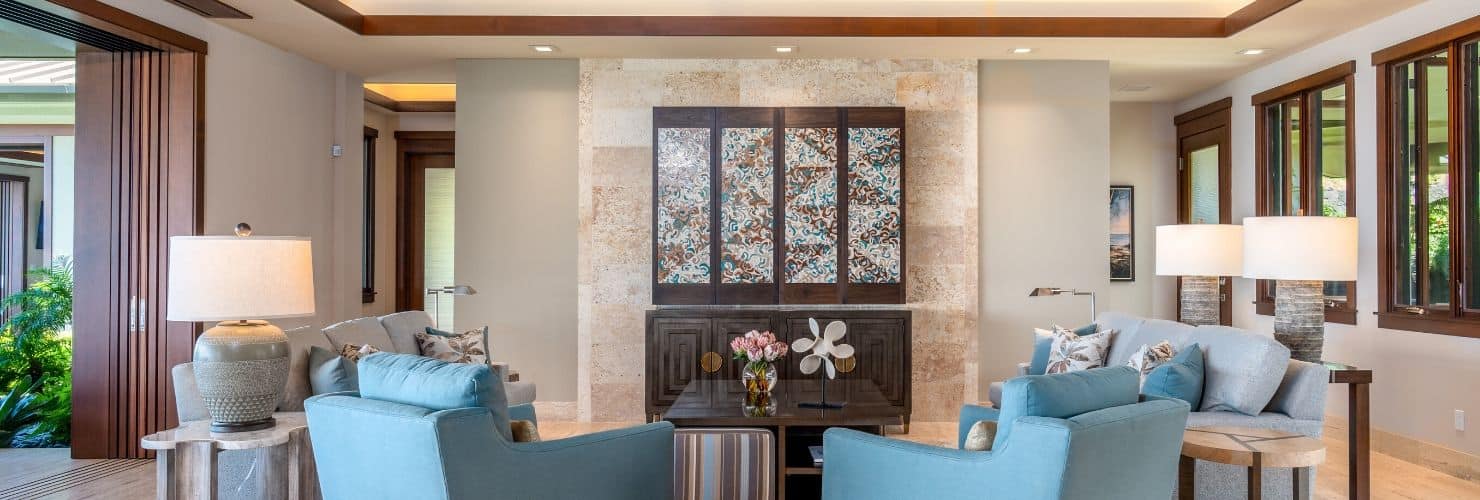

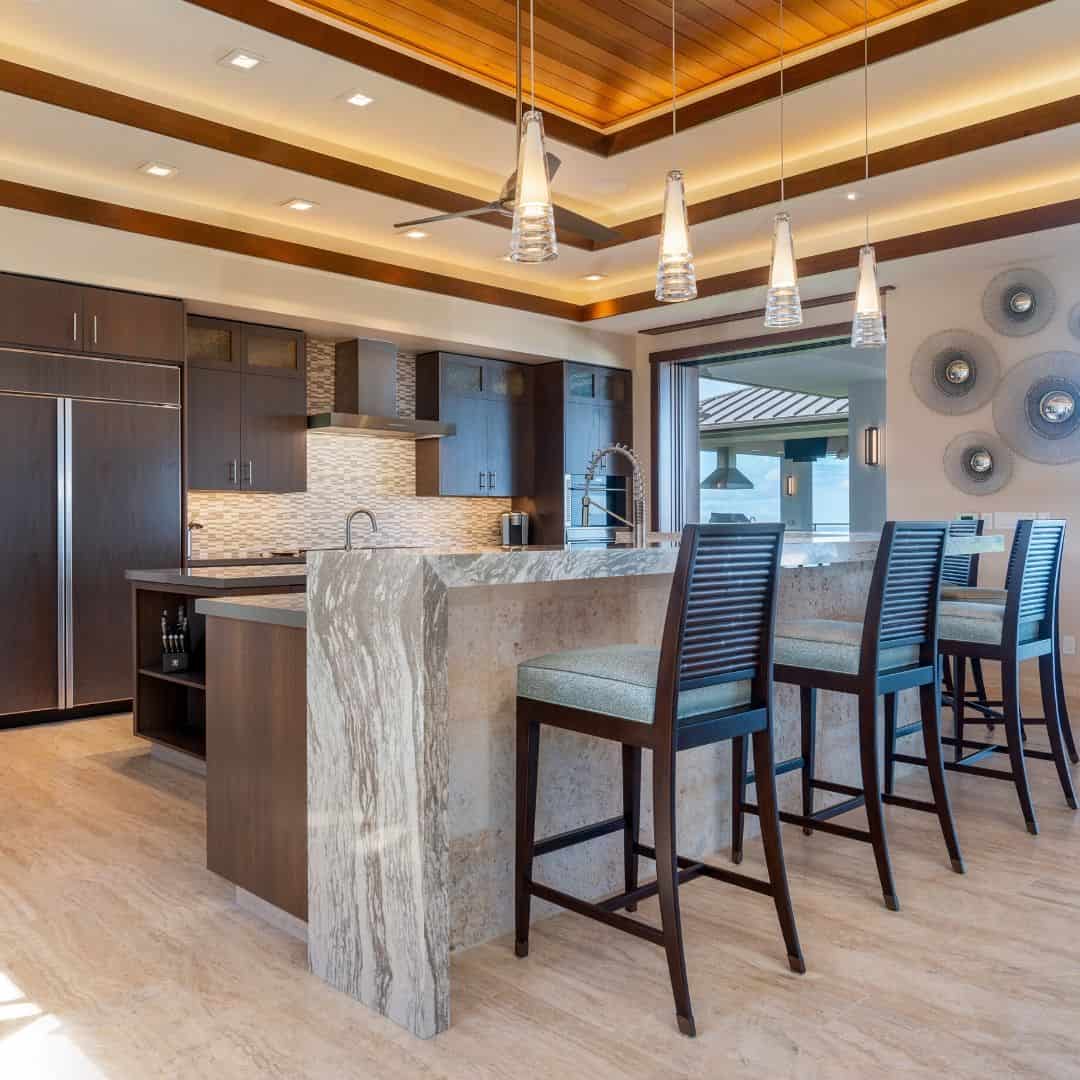
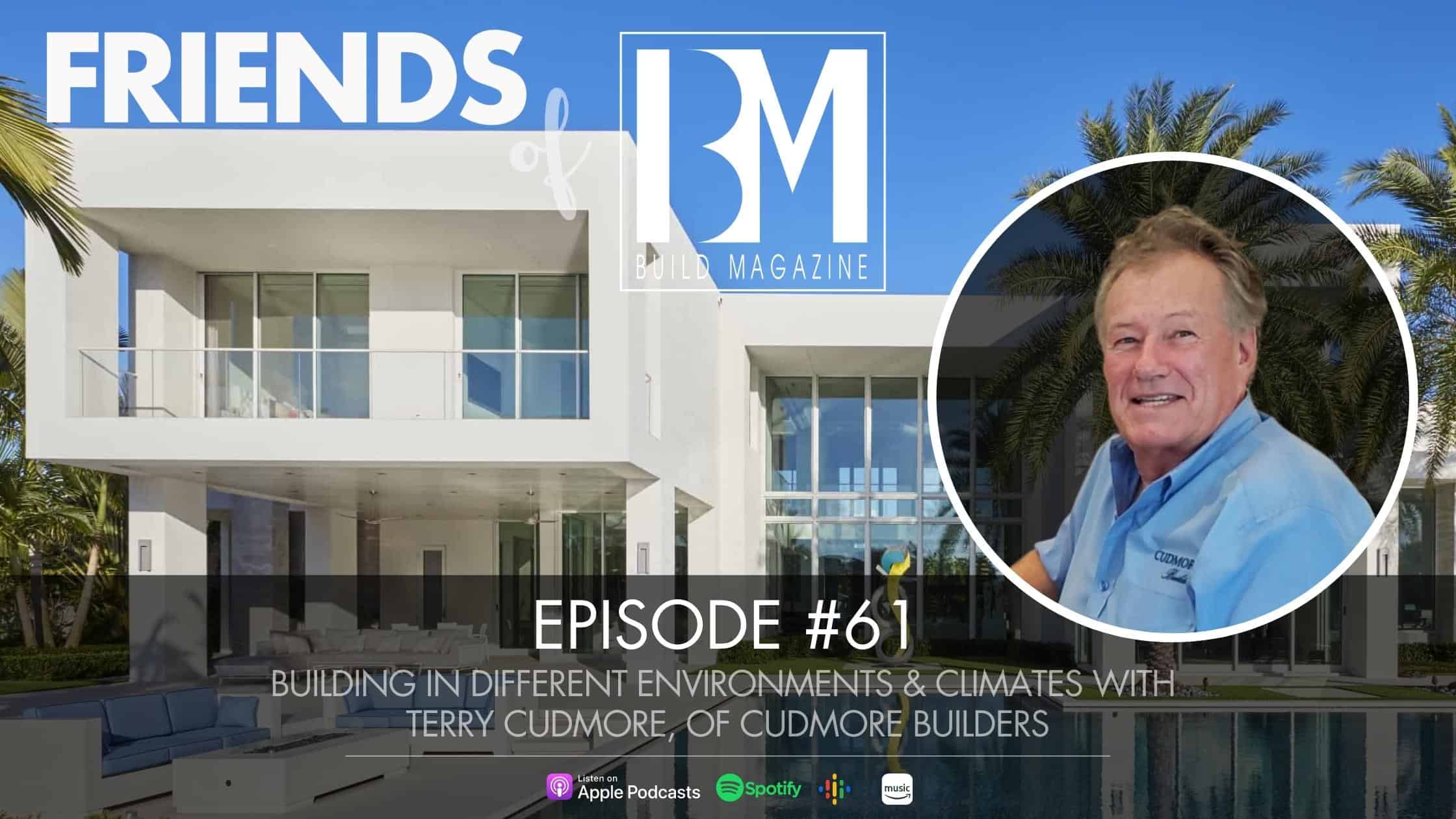

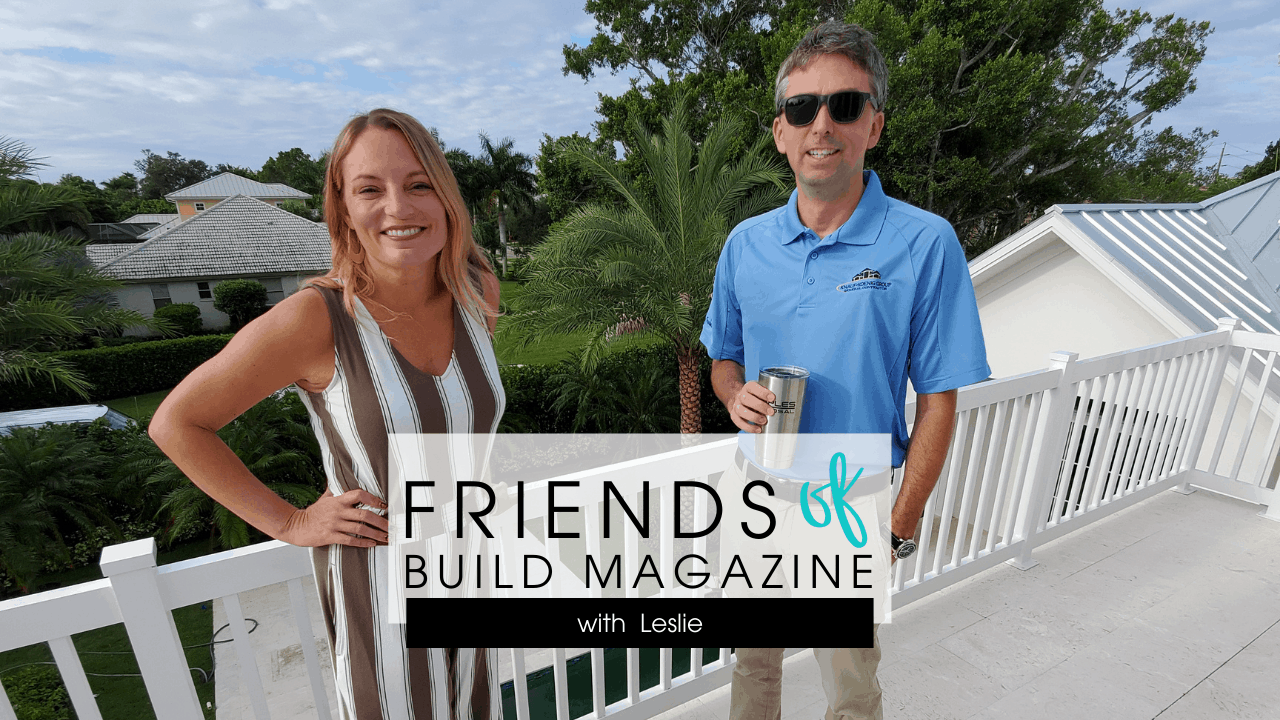

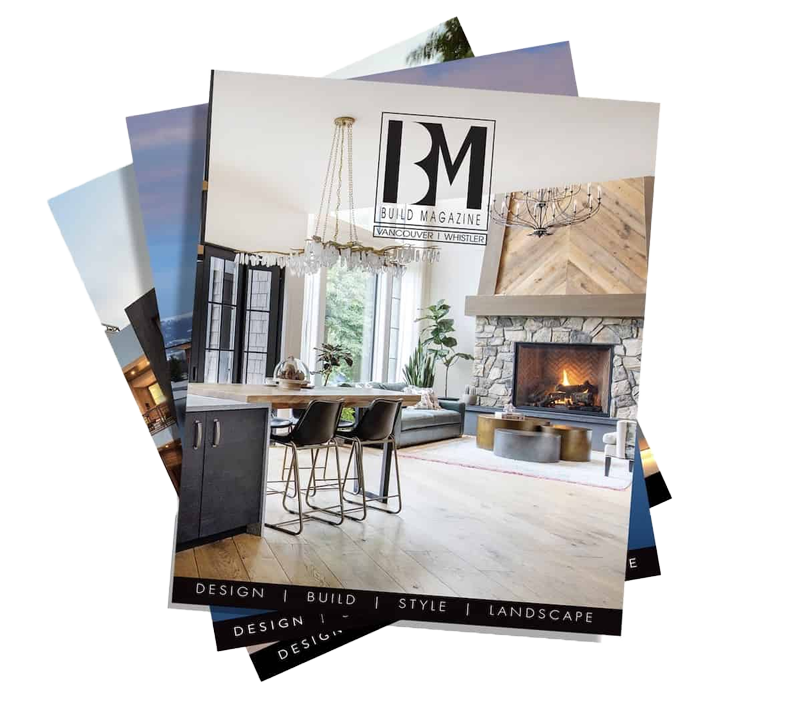
Post a comment
You must be logged in to post a comment.